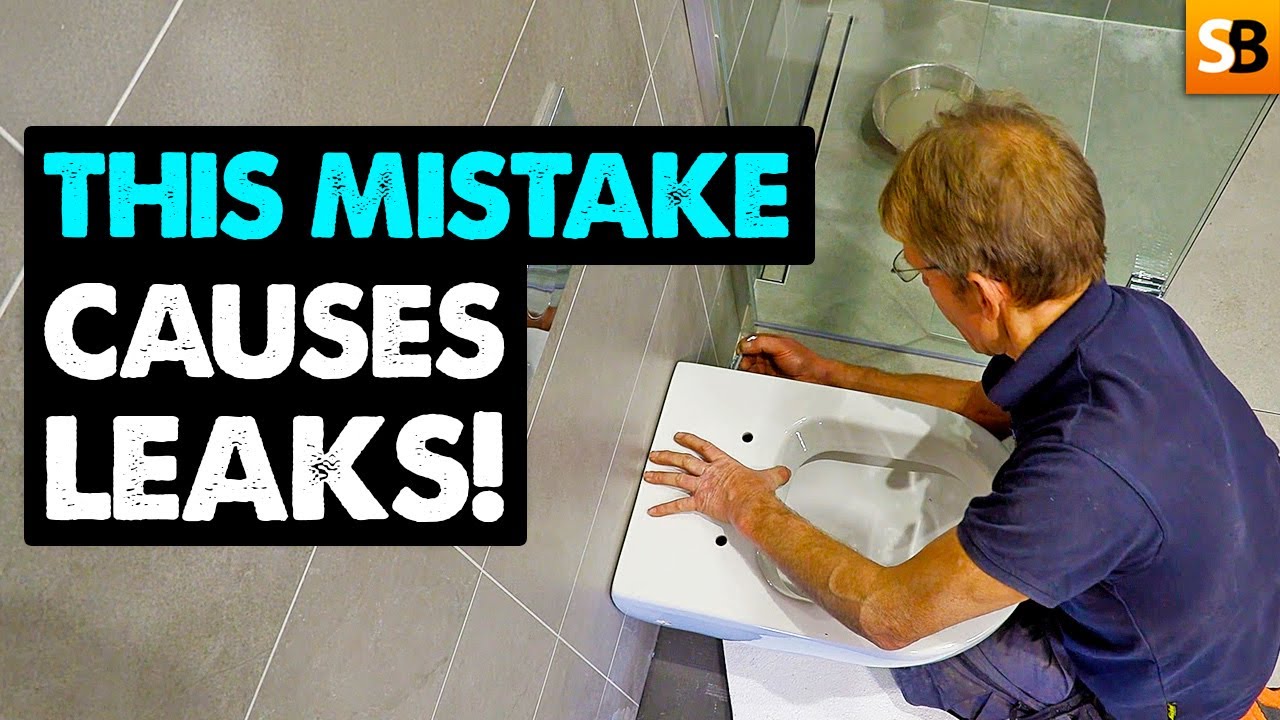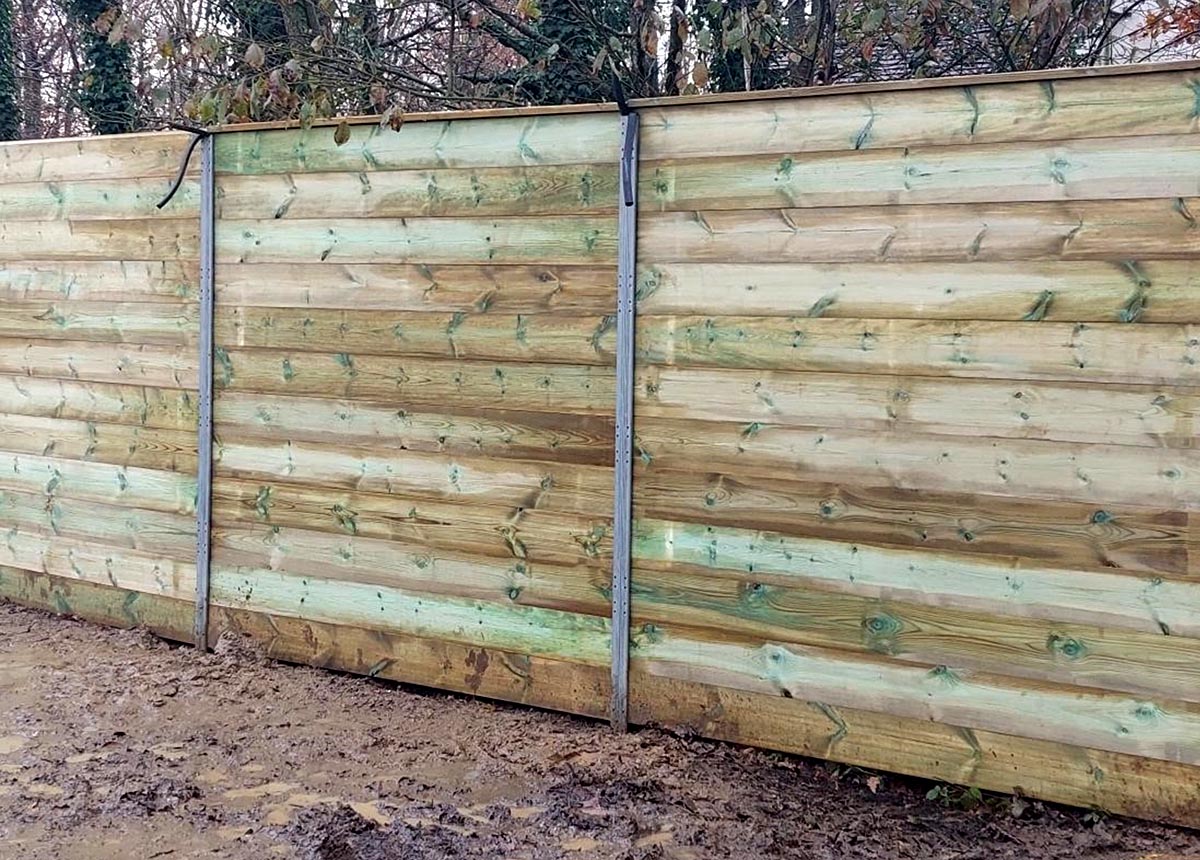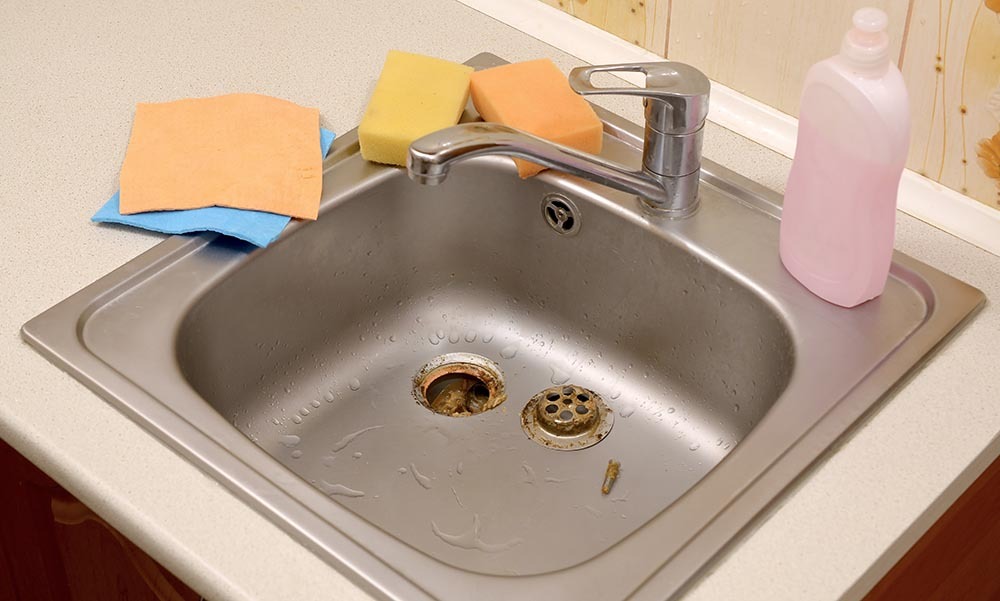Ecological Building Systems, a leading supplier of natural building products for sustainable construction, has launched an exciting new flexible insulation product for roofs, walls, ceilings and floors called IndiBreathe Flex as part of an exclusive partnership with IndiNature.
IndiBreathe Flex is breathable, natural, high-performance thermal and acoustic insulation that helps regulate humidity within a building structure for better indoor air quality. The innovative insulation material has also received BBA Approval Inspection Testing Certification (24/7266) for Timber frame, pitched roof constructions, and suspended timber intermediate floors and ground floors.
Ideal for use in new builds and retrofits and particularly for timber frame constructions, IndiBreathe Flex provides superior thermal performance with a low thermal conductivity of 0.039 W/mK. It also offers excellent overheating protection for buildings during summer, thanks to its combination of high density and exceptional specific heat capacity (2370 J/kgK), which helps keep indoor temperatures stable in warm and cold weather. As part of a sustainable build, IndiBreathe Flex helps to reduce energy consumption and lower heating and cooling costs.
Niall Crosson, Technical Director at Ecological Building Systems, explains: “We’re delighted to be working in partnership with IndiNature to offer architects, builders, contractors and homeowners a truly sustainable solution for creating energy efficient, comfortable and healthy indoor environments. The BBA Certificate provides reassurance to self-builders, architects and contractors that this natural insulation product will perform effectively over the long term when installed according to guidelines. IndiBreathe Flex epitomises the resource-efficient use of raw materials like jute and locally sourced hemp, with a carbon negative footprint from cradle to gate, creating a thermal insulation material with unique characteristics that outperform many synthetic alternatives.”
As the sole UK and Ireland distributor of IndiBreathe Flex, Ecological Building Systems offers this exciting new insulation material in a range of standard sizes and thicknesses.

IndiNature Co-founder & CTO, Scott Simpson, who led the certification process, said: “At IndiNature we’re proud to supply healthy, low carbon products manufactured in the UK and made from natural hemp fibres grown on UK farms. The addition of jute fibres from recycled coffee bags in IndiBreathe Flex offers an option for a lighter flexi-batt insulation with excellent performance and is also part of our commitment to taking care of the environment by reducing waste.”
“This means customer’s build projects made with IndiBreathe Flex will not only continue to benefit from vapour-open, carbon capturing materials but also benefit from even more positive environmental impacts. A good story for the health of buildings and the health of our planet”.
As a result of its vapour open hygroscopic composition, IndiBreathe Flex can absorb excess moisture to effectively help regulate humidity and lower the risk of interstitial condensation and mould forming within the building envelope. This ensures a drier and more durable building fabric with occupants benefiting from a healthier and more comfortable living environment.
IndiBreathe Flex has excellent environmental credentials as it is manufactured from UK grown industrial hemp and recycled jute fibres from repurposed coffee bean sacks. The combination of its carbon negative production process combined with the resource efficient use of raw materials helps reduce embodied carbon emissions, making it a low impact choice for environmentally conscious projects. The product is designed to last the lifetime of the building and can be reused at the end of its life, ensuring waste is minimised.
In addition to its thermal properties, IndiBreathe Flex also provides acoustic benefits by dampening external noise, with its dense natural fibre composition contributing to quieter and more private living and working spaces.
IndiBreathe Flex insulation is light and soft to the touch and is therefore easy to handle and install, without the need for personal protective equipment. Although flexible, it is rigid enough to prevent settlement which ensures long term performance and eliminates the risk of gaps forming or it becoming compacted over time.

British Board of Agrément Sales & Marketing Director, Katy Roberts said: “We are delighted to have worked with IndiNature on their second BBA Agrément certificate for industrial hemp insulation, with this next generation blending recycled jute fibre content which helps support a more circular economy and effective resource use. Working with manufacturers like IndiNature as they move through the BBA’s rigorous and robust certification assessment process, we are encouraged by the commitment to quality and safety throughout the industry; especially in areas like bio-based construction materials in the UK.”
Ecological Building Systems was established to help self-builders, home renovators and construction professionals to achieve ‘Better Building’ by adopting a ‘Fabric First’ approach to design, using more natural materials to optimise building performance and durability.
Over the last few years, the business has grown significantly through supplying innovative, sustainable, high quality ecological building materials, backed up by expert advice and product training.
Ecological Building Systems researches, stocks and supplies high-performance sustainable products with unrivalled technical support.
Ecological Building Systems was set up in County Meath, Ireland in 2000, the UK division was established in 2007 and is based near Carlisle in Cumbria. Ecological’s parent company is MacCann & Byrne, a family-owned company steeped in history having been established on the same premises in Athboy since 1906.
For more details on IndiBreathe Flex, email info@ecologicalbuildingsystems.com or visit www.ecologicalbuildingsystems.com































